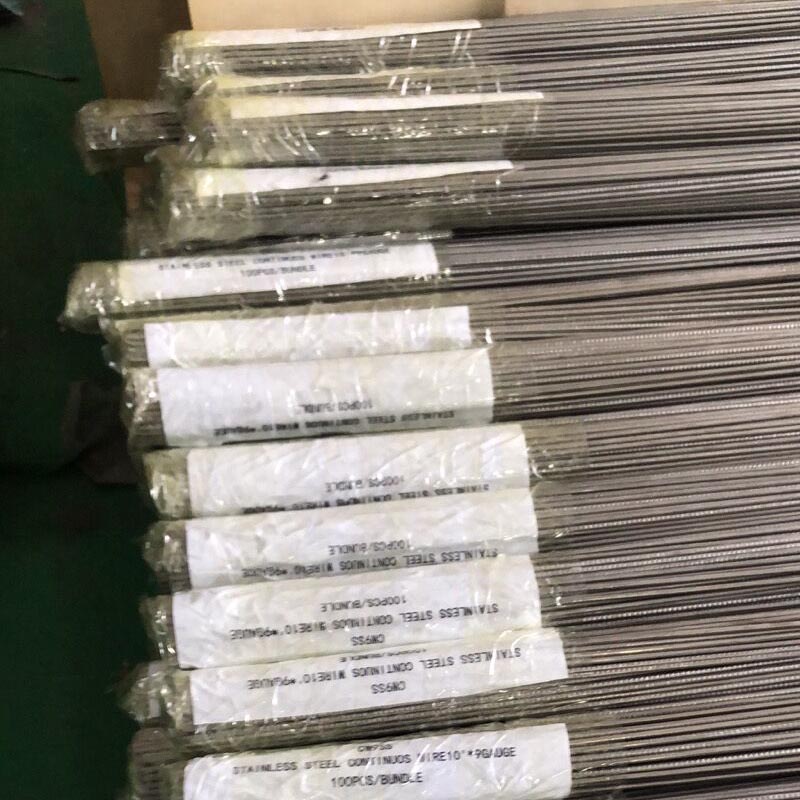
- Mobile Phone
- +8613931874955
- sales@cntcmetal.com
stucco wire lath
Understanding Stucco and Wire Lath A Comprehensive Overview
Stucco is a versatile building material that has stood the test of time, known for its durability, aesthetic appeal, and energy efficiency. Traditionally used in Mediterranean-style architecture, stucco has evolved to suit a variety of modern design styles. One essential component that makes stucco effective and enduring is wire lath.
Wire lath, typically made from galvanized steel or other rust-resistant materials, serves as a reinforcement layer for stucco applications. Its primary function is to provide an adequate bonding surface for the stucco, ensuring that the material adheres properly and maintains its integrity over time. The lath is installed over exterior walls and serves as a framework that keeps the stucco in place, preventing cracks and other forms of deterioration.
The Application Process
When applying stucco over wire lath, the process typically begins with the installation of the lath itself. Sheets of wire lath are cut to size and attached to the exterior sheathing of the building, using nails or screws strategically placed to secure the material. The lath is overlapped where necessary, creating a continuous surface that is essential for good adhesion.
Once the wire lath is securely in place, a base coat, often referred to as a scratch coat, is applied. This coat is usually a mixture of Portland cement, sand, and water, and is roughly applied to create a textured surface. After the scratch coat has cured for at least 24 to 48 hours, it is scored with a notched trowel. This scoring allows the next layer—usually referred to as the brown coat—to bond effectively.
stucco wire lath

After the brown coat cures, typically for another few days, the final layer of stucco is applied. This top coat can be customized with different colors and textures, ranging from smooth finishes to rough, rustic appearances. The versatility of stucco allows homeowners and builders to achieve various looks while maintaining the protective benefits of the material.
Benefits of Using Wire Lath with Stucco
One of the primary advantages of using wire lath with stucco is enhanced durability. The lath provides a strong foundation that helps prevent cracking, which can occur due to temperature fluctuations or settling in the foundation. Moreover, this combination enhances the overall lifespan of the stucco application, reducing the need for repairs or replacements over time.
Additionally, wire lath allows for better water drainage. When stucco is applied directly to walls without a lath base, moisture can become trapped within the stucco, leading to mold growth and deterioration. The wire lath framework creates a ventilation gap that encourages water to flow away from the structure, promoting healthier and more resilient building materials.
Conclusion
In conclusion, wire lath plays a critical role in the application and longevity of stucco as a building material. Its inherent benefits, including increased strength, better moisture management, and design versatility, make it an indispensable component for anyone considering stucco for their building projects. Whether building a new home or renovating an existing structure, understanding the relationship between stucco and wire lath is essential for achieving the best results. Embracing this traditional yet effective method of construction can lead to beautiful, durable, and energy-efficient homes that stand the test of time.
share:
-
Your Source for Concrete Wall Ties and Masonry AccessoriesNewsJul.10,2025
-
Unlocking the Power of Iron Wire for Every ProjectNewsJul.10,2025
-
Explore Advanced Chain Wire and Stainless Steel Mesh FencingNewsJul.10,2025
-
Discover the Benefits of Annealed Wire ProductsNewsJul.10,2025
-
Discover China Stainless Steel Wire Mesh SolutionsNewsJul.10,2025
-
Build with Confidence Using High-Performance Masonry AccessoriesNewsJul.10,2025
-
Why Sacrificial Formwork Is Redefining Underground ConstructionNewsJun.06,2025



















